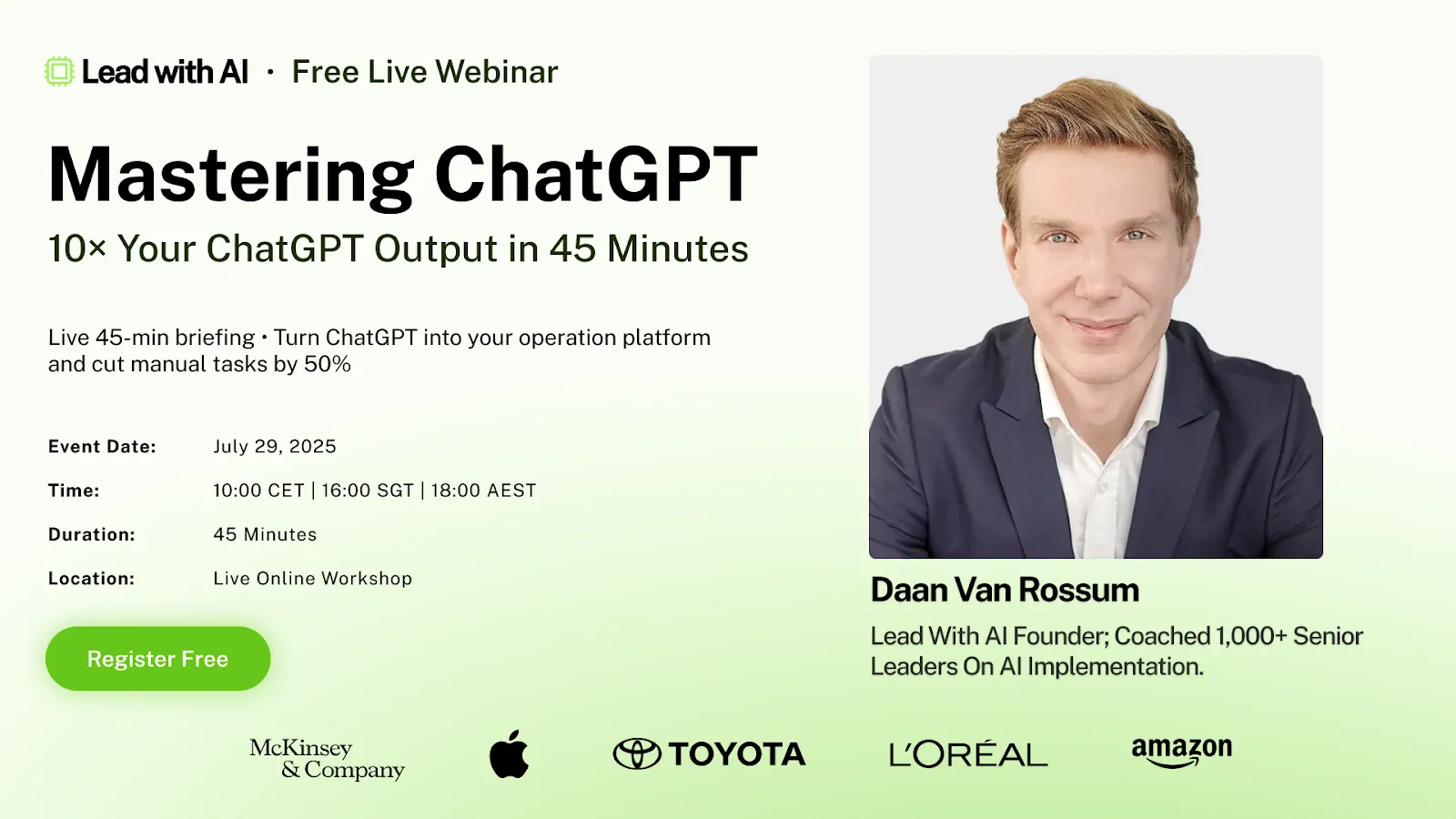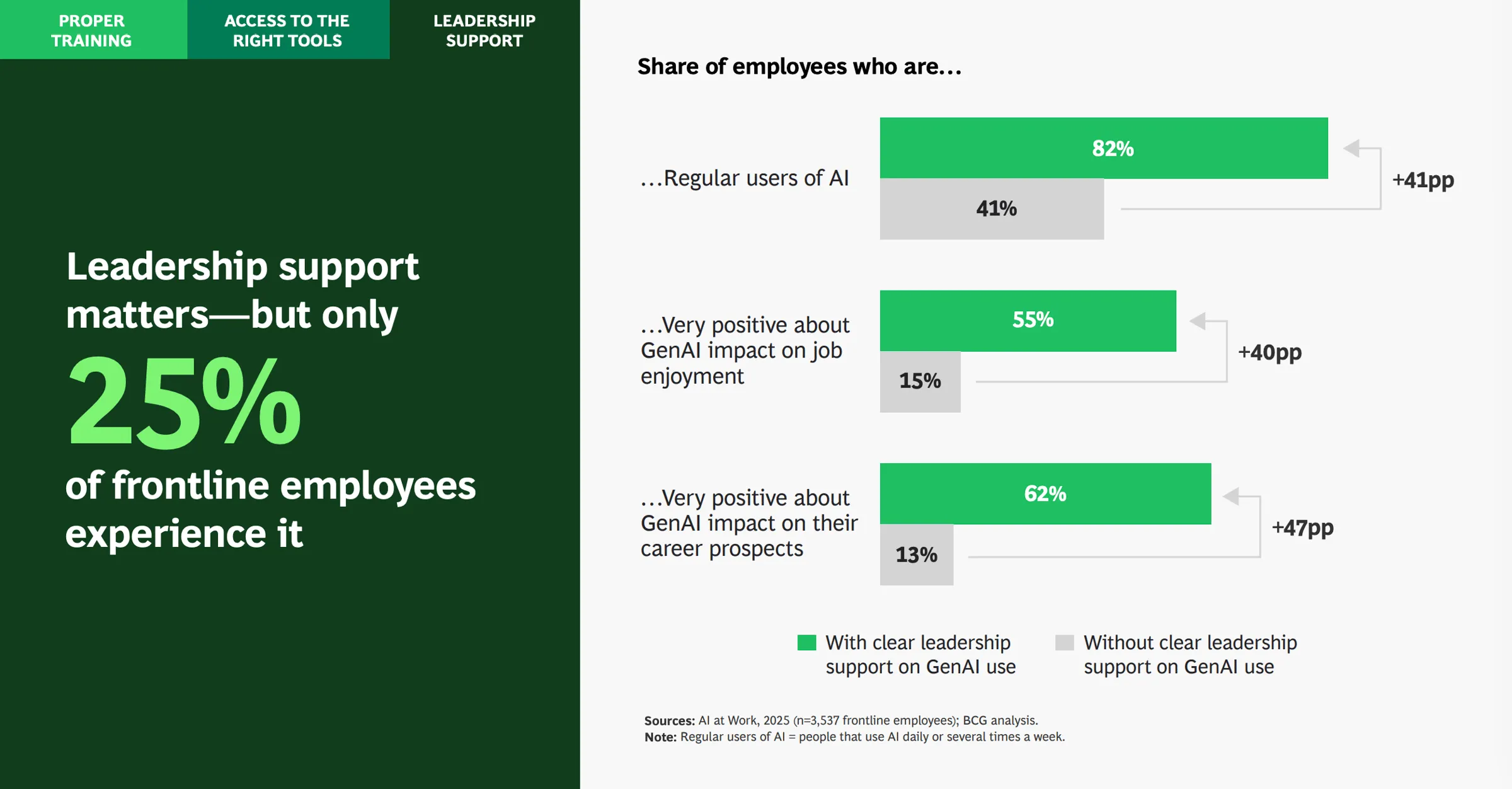In a LinkedIn post that spread rapidly across the feeds of AI-curious leaders, HubSpot CMO Kieran Flanagan declared that ChatGPT-5 would arrive in July as “an AI operating system … smarter than Ph-D-level experts."
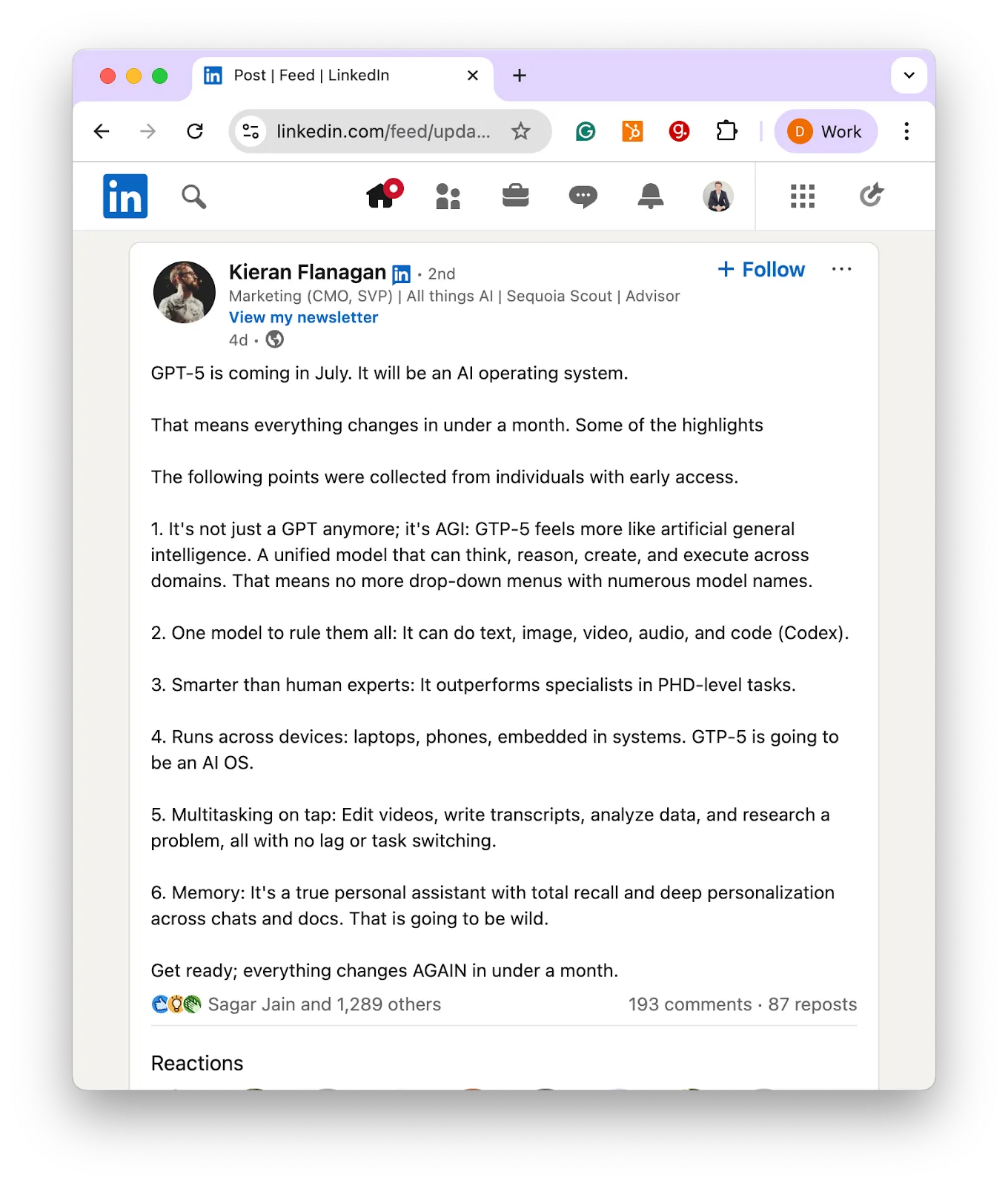
He added that "everything changes in under a month," and I have to agree, based on what we know now.
The next model of ChatGPT will behave less like a product for power users and more like intuitive infrastructure.
It's like how we had phones and online connectivity before the iPhone, but it took Jobs' product vision for the masses to experience it.
This is exactly what could happen with ChatGPT-5.
Let's dive in.
ChatGPT Will Be the Great Unifier
The discussion and promises of ChatGPT-5 have been ongoing for almost 18 months now.
I wrote about what ChatGPT-5 could entail as early as January of last year, focusing on reasoning, video, and personalization.
Turns out, we didn't have to wait for "5" to deliver this:
- Reasoning is now present in the form of o3 and similar models
- Video sharing is part and parcel of the advanced voice feature
- Personalization is getting stronger with enhanced memory.
What is going to be different, however, is that it's now still up to the user to find out about all of these models and features. And most don't, hampering how much they get out of ChatGPT.
That's what ChatGPT-5 is going to change.
In February, Sam Altman published a roadmap promising to fold the GPT and “o-series” lines into “one magic unified intelligence” and to release GPT-5 “in months.”
Altman resurfaced on the inaugural OpenAI Podcast in June, repeating that GPT-5 would “probably come this summer,” without committing to a specific day-by-day countdown.
So what can we expect once this finally happens?
The Adoption Gap GPT-5 Must Cross
As I've shared frequently, AI capabilities far outpace the humans adopting them.
While CEO’s like Salesforce’s Marc Benioff are shouting about the end of all-human teams, Gallup data shows that only 8 percent of U.S. knowledge workers use AI daily, and a further 19 percent touch it a few times a week.
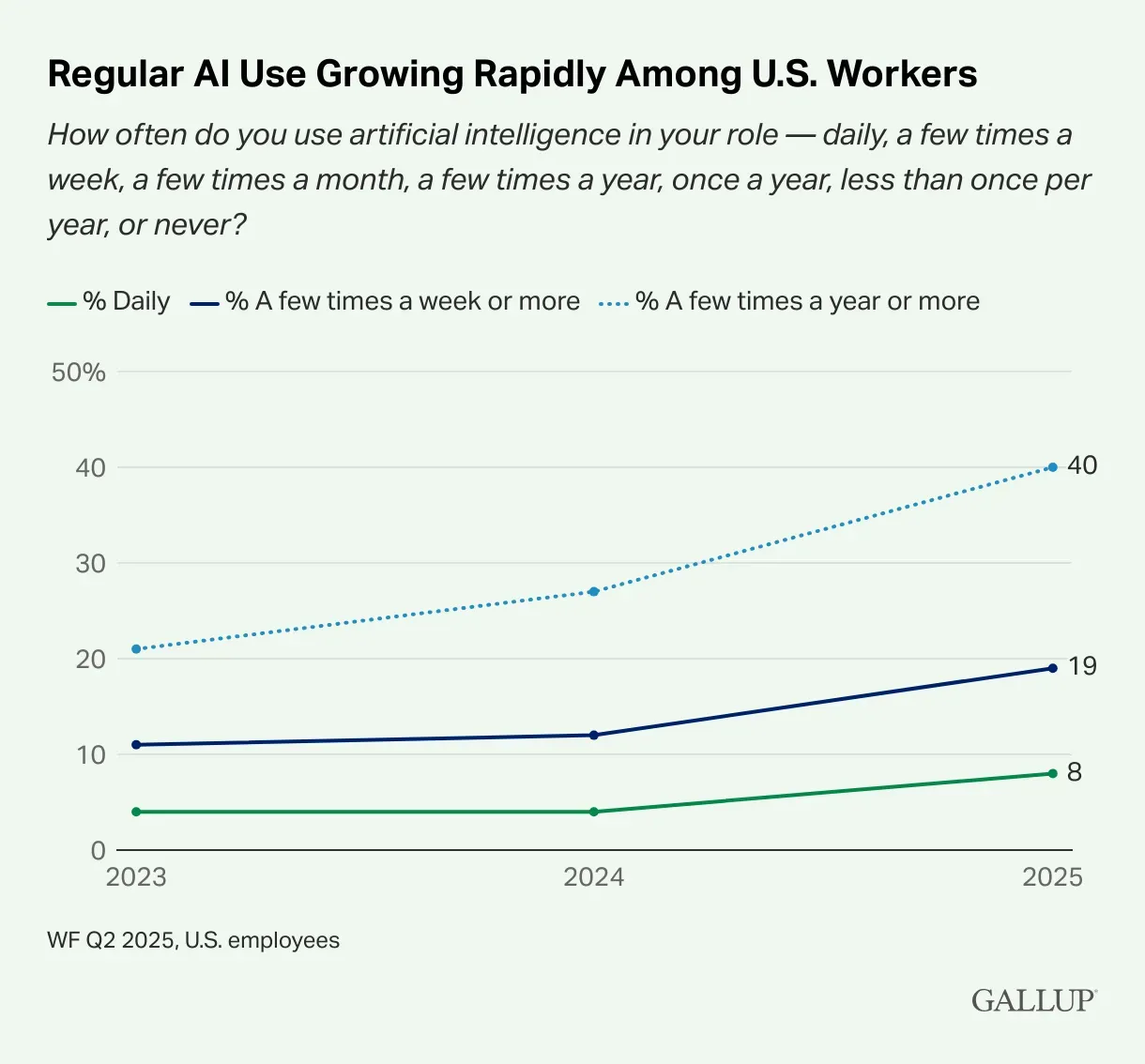
Even among regular users, most stay inside the default ChatGPT tab and rarely switch to the reasoning-first o3 engine or experiment with multimodal prompts.
And who can blame them?
Model naming conventions and unintuitive toggles and buttons keep most of ChatGPT's prowess out of reach for most users.
Complexity, not capability, remains the gatekeeper of all AI can do for us.
And they're aware over at OpenAI: in February, Sam Altman acknowledged this directly: “We hate the model picker as much as you do.”
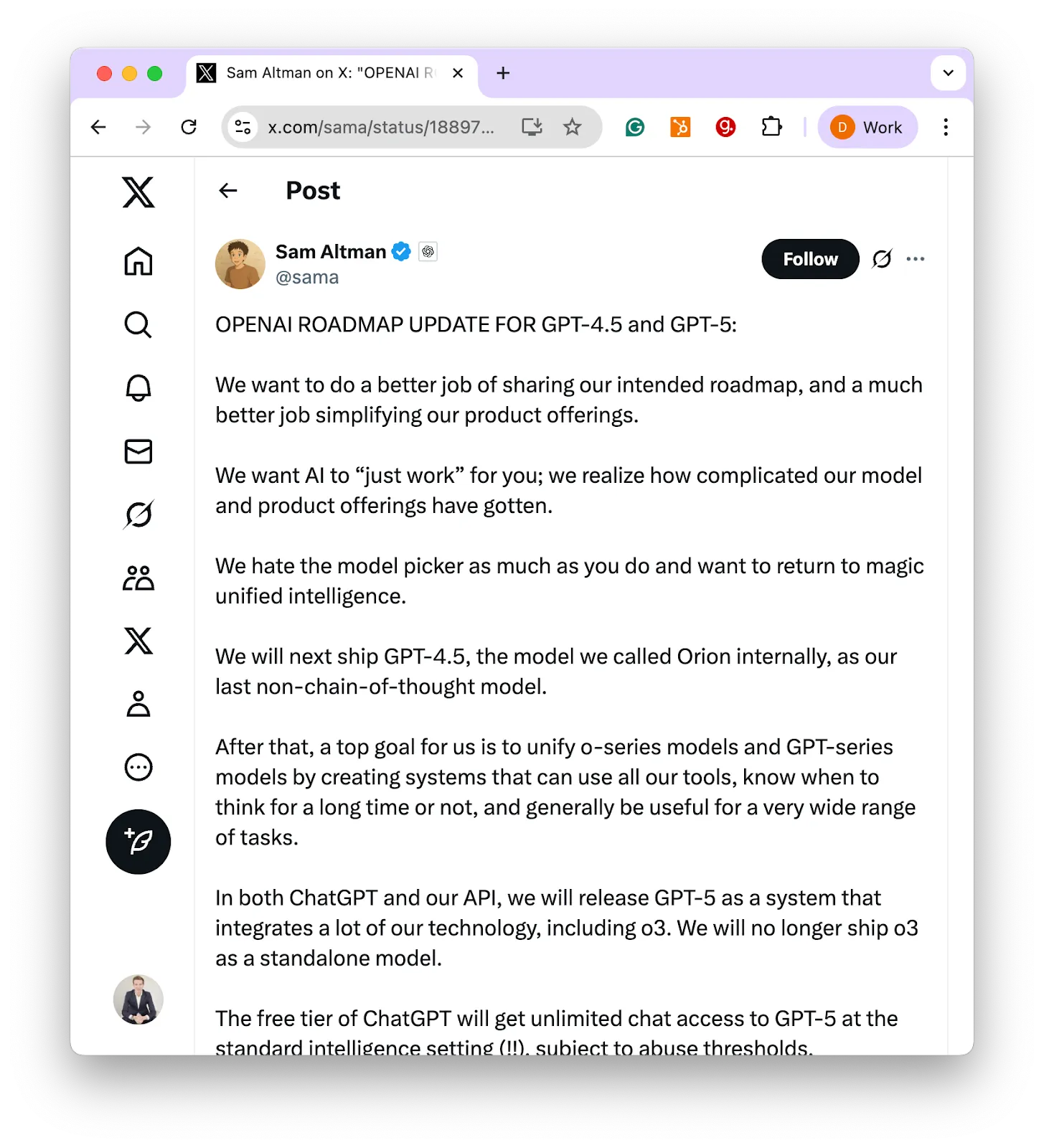
GPT-5 isn’t just about being super smart—it’s about making things so simple that even beginners can use it easily and get great results.


